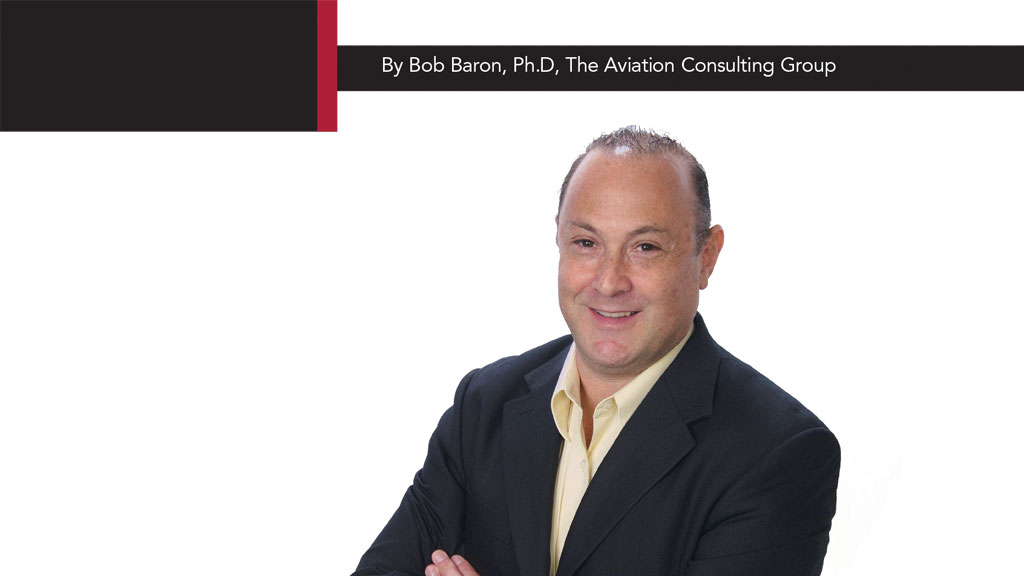Human Factors (HF) training is required by many regulators on a global basis. In the U.S., however, HF training is not currently mandated by the FAA. Maintenance facilities that conduct activities strictly under FAA regulations do not require human factors training (although it is highly recommended). However, since a U.S./EASA bilateral agreement in 2011, if the facility also conducts Part 145 maintenance work under the auspices of EASA, then HF training is required and is evaluated by the FAA on behalf of EASA. Regardless of whether HF training is mandatory or not, it’s an excellent tool for reducing human error in the workplace. For the purpose of this article, we will assume that you have an HF course in place.
 Take a good look at your HF course. Does it focus on current aviation maintenance “hotspots” or are you literally trying to cover dozens of topics (some that are irrelevant) in a very limited amount of time just to “check the boxes?” You can view the full EASA HF syllabus at tacgworldwide.com/EASA-Human-Factors. In the EASA syllabus, you will find 10 broad HF topics. Within those 10 broad topics, there are 55 subtopics. As you can see, it would be nearly impossible to cover all of those topics in just a few days. Fortunately, the syllabus carries with it the flexibility to allow the facility to customize the course to fit its specific needs. There is no mandated time requirement for an initial HF course, although two days is considered standard. Additionally, there is no specified amount of time that must be spent on each topic, so this can be at the discretion of the facility’s own needs, based on its unique operating environment. For example, if the facility does not do shift turnovers, less emphasis should be put on that topic, allowing more time for a topic that is more relevant to the facility. I’m not diminishing the importance of topics such as, for instance—climate and temperature—but spending an inordinate amount of time on these types of topics at the expense of more relevant topics is not the most productive way to use your limited time to make an impact on behavioral change and behavioral change is really what HF training is all about.
Take a good look at your HF course. Does it focus on current aviation maintenance “hotspots” or are you literally trying to cover dozens of topics (some that are irrelevant) in a very limited amount of time just to “check the boxes?” You can view the full EASA HF syllabus at tacgworldwide.com/EASA-Human-Factors. In the EASA syllabus, you will find 10 broad HF topics. Within those 10 broad topics, there are 55 subtopics. As you can see, it would be nearly impossible to cover all of those topics in just a few days. Fortunately, the syllabus carries with it the flexibility to allow the facility to customize the course to fit its specific needs. There is no mandated time requirement for an initial HF course, although two days is considered standard. Additionally, there is no specified amount of time that must be spent on each topic, so this can be at the discretion of the facility’s own needs, based on its unique operating environment. For example, if the facility does not do shift turnovers, less emphasis should be put on that topic, allowing more time for a topic that is more relevant to the facility. I’m not diminishing the importance of topics such as, for instance—climate and temperature—but spending an inordinate amount of time on these types of topics at the expense of more relevant topics is not the most productive way to use your limited time to make an impact on behavioral change and behavioral change is really what HF training is all about.
Globally, “procedural deviations” (failure to follow procedures) account for a very large proportion of aviation maintenance-related accidents and incidents (and, typically, procedural deviations are a manifestation of a poor safety culture). Yet, many HF courses only speak to these topics in a very cursory way, if at all.
Thus, your HF course should focus on HF “hotspots” (prioritized, relevant topics). When choosing your hotspots, keep in mind that there are “global” hotspots (the things that are happening at MROs all over the world, such as fatigue, complacency, and pressure) and there are “resident” hotspots (the things that might be indigenous to your specific operation). Your syllabus should address both global and local issues; however, emphasis should be placed on your local issues. In many cases, there is a similarity between global and local issues, but there will always be hotspots that are specific to your operation.
What are the data sources for your specific HF hotspots? Your company’s Safety Management System (SMS) is a great start. Also look at, as applicable, Maintenance Error Decision Aid (MEDA) data, Maintenance Operations Quality Assurance (MOQA) data, Aviation Safety Action Program (ASAP) data, incident/accident reports, occurrences, and on the job injuries. And keep in mind that you can get a lot of information by simply observing operations in real time. This is where a Line Operations Safety Audit for Maintenance (LOSA-M) program can be very beneficial. All of these data sources will help you to identify the unique hotspots that can be used for focused training in your facility’s HF course.
The bottom line is that the EASA HF training syllabus should be used as a foundation for developing a practical and useful course for your attendees. Don’t just focus on covering all the subjects—you don’t need to. Make the course YOURS by incorporating both global as well as local HF hotspots into your training, and spend an appropriate amount of time on the subjects based on their relevance to your operation.
